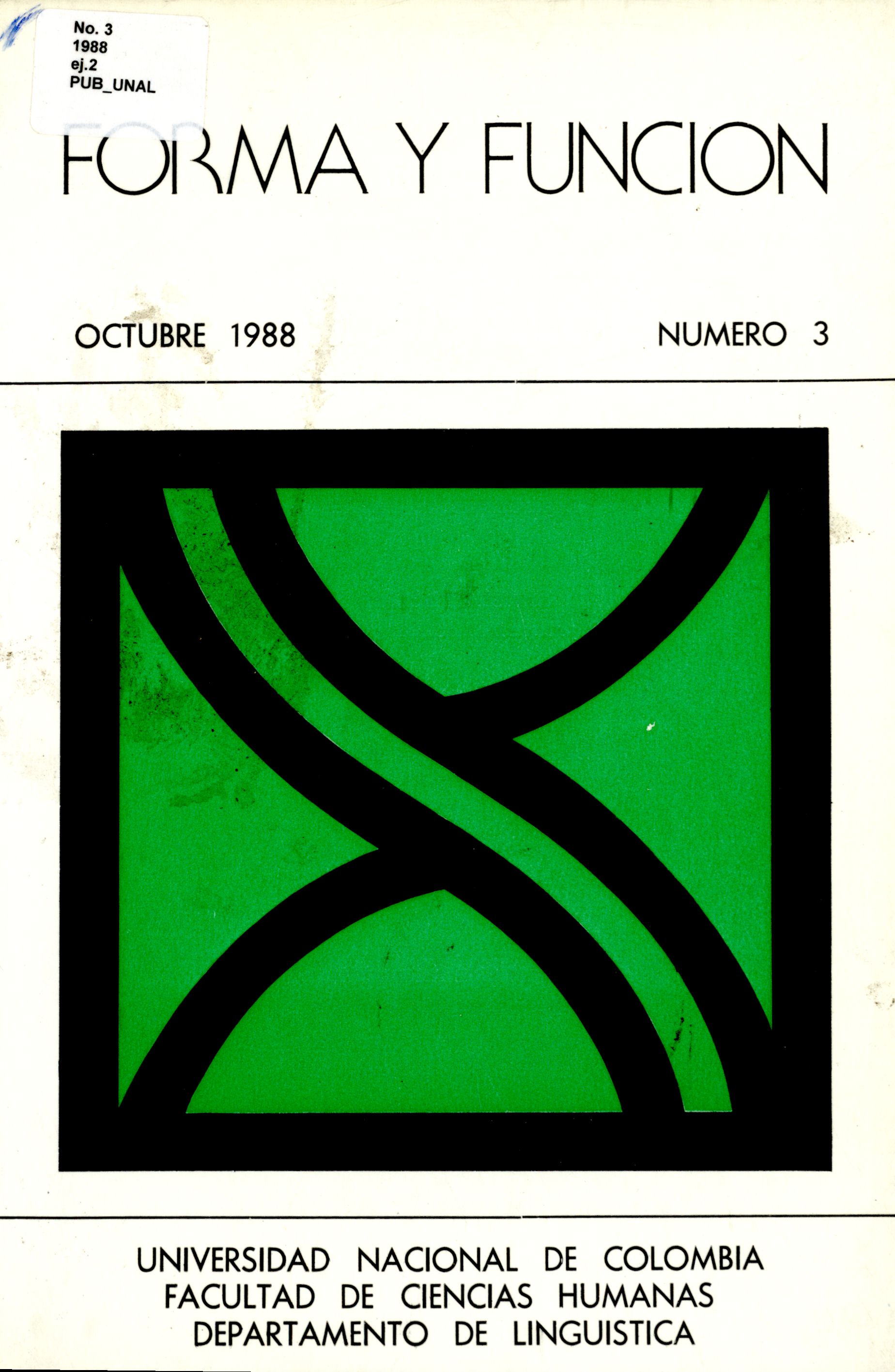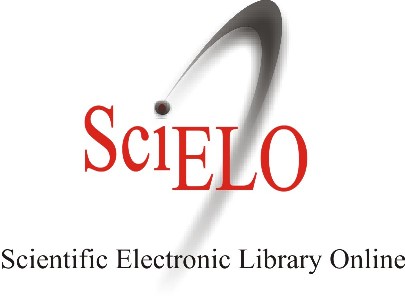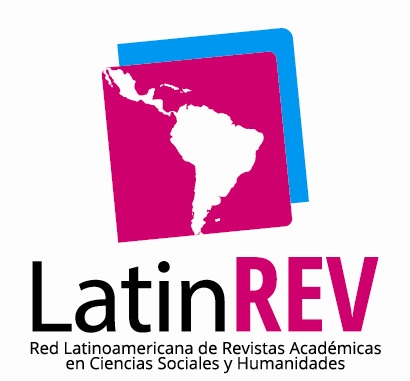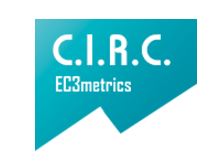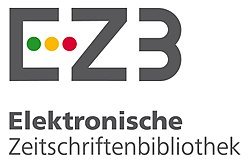Interacting in social contexts as the starting point of a teaching unit
Keywords:
Conception of language, foreign language, conception of teaching, courses (en)
Downloads
Our philosophical background for this paper will be the conception of language as an integral part of social life (Hymes, 1971). As a result of this thought, language teaching (whether the teaching of the mother tongue, a second language or a foreign language) should be intimately related with affective factors and should be carried out in terms of language functions for social interaction.
Our objective here is basically to illustrate how this conception
of teaching can be put into practice both in courses of EFL and
in ESP courses.
Our philosophical background for this paper will be the conception of language as an integral part of social life (Hymes, 1971). As a result of this thought, language teaching (whether the teaching of the mother tongue, a second language or a foreign language) should be intimately related with affective factors and should be carried out in terms of language functions for social interaction.
Our objective here is basically to illustrate how this conception
of teaching can be put into practice both in courses of EFL and
in ESP courses.How to Cite
APA
ACM
ACS
ABNT
Chicago
Harvard
IEEE
MLA
Turabian
Vancouver
Download Citation
Article abstract page views
Downloads
License
Copyright (c) 1988 Forma y Función

This work is licensed under a Creative Commons Attribution-NonCommercial-ShareAlike 4.0 International License.

Forma y Función subscribes to the Open Journal System, which means that access to it is open. Access to the Journal’s content is free and immediate under the principle that freely available research contributes to global dissemination of knowledge and the academic exchange propitious to links among scientific communities. Users can search, read, copy, download, and share all of the published texts. Their use is authorized as long as credit is granted to the authors of the texts and to Forma y Función as the original source of the publication. The commercial use of copies and distribution of content is not permitted, nor the adaption, derivation or transformation of any of these without the prior authorization of the authors and the editor of Forma y Función.
The contents of the journal are published as open access under Common Creative License Attribution-NonCommercial-ShareAlike 4.0. For more information on the license terms, please consult: https://creativecommons.org/licenses/by-nc-sa/4.0.
In line with the open access policy, Forma y Función does not charge for the processing of submitted texts or for publication.



